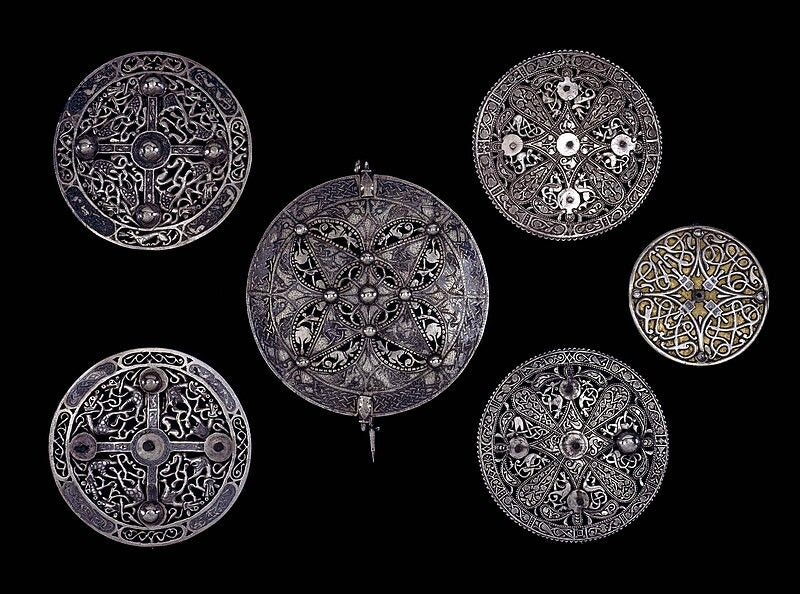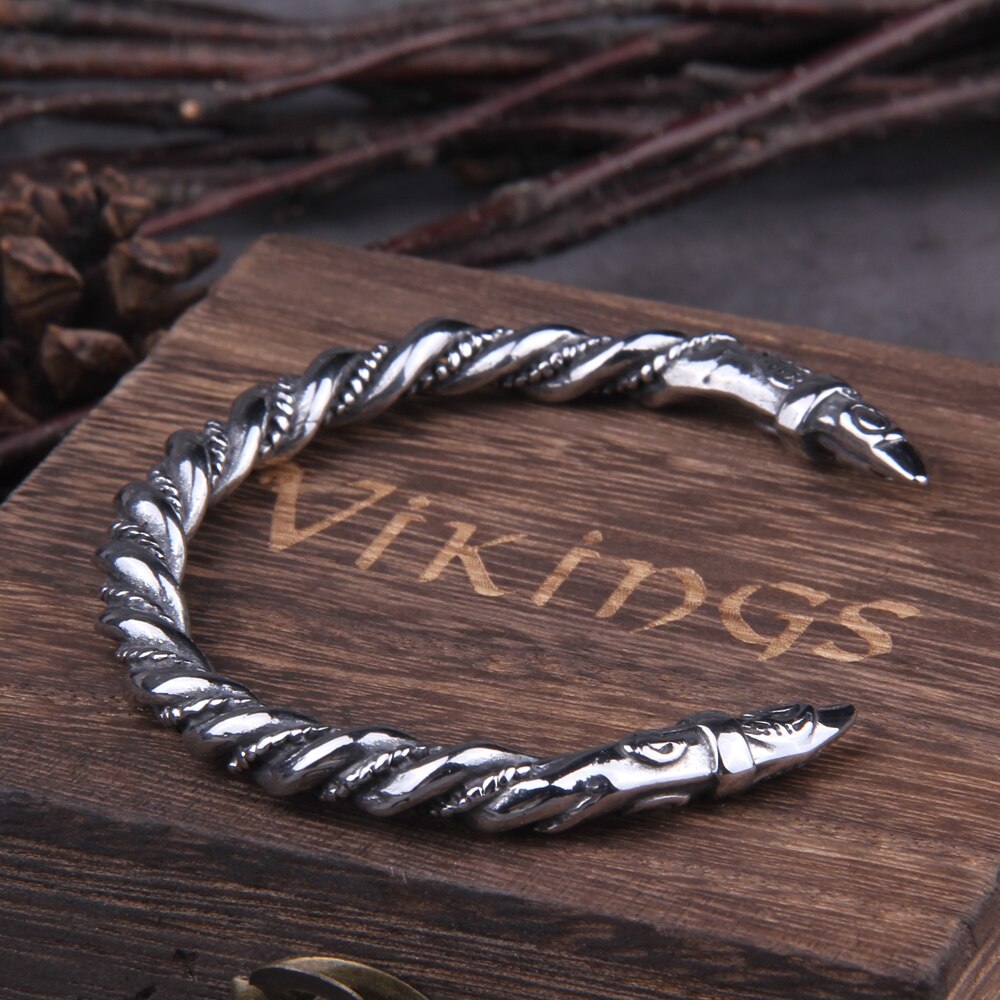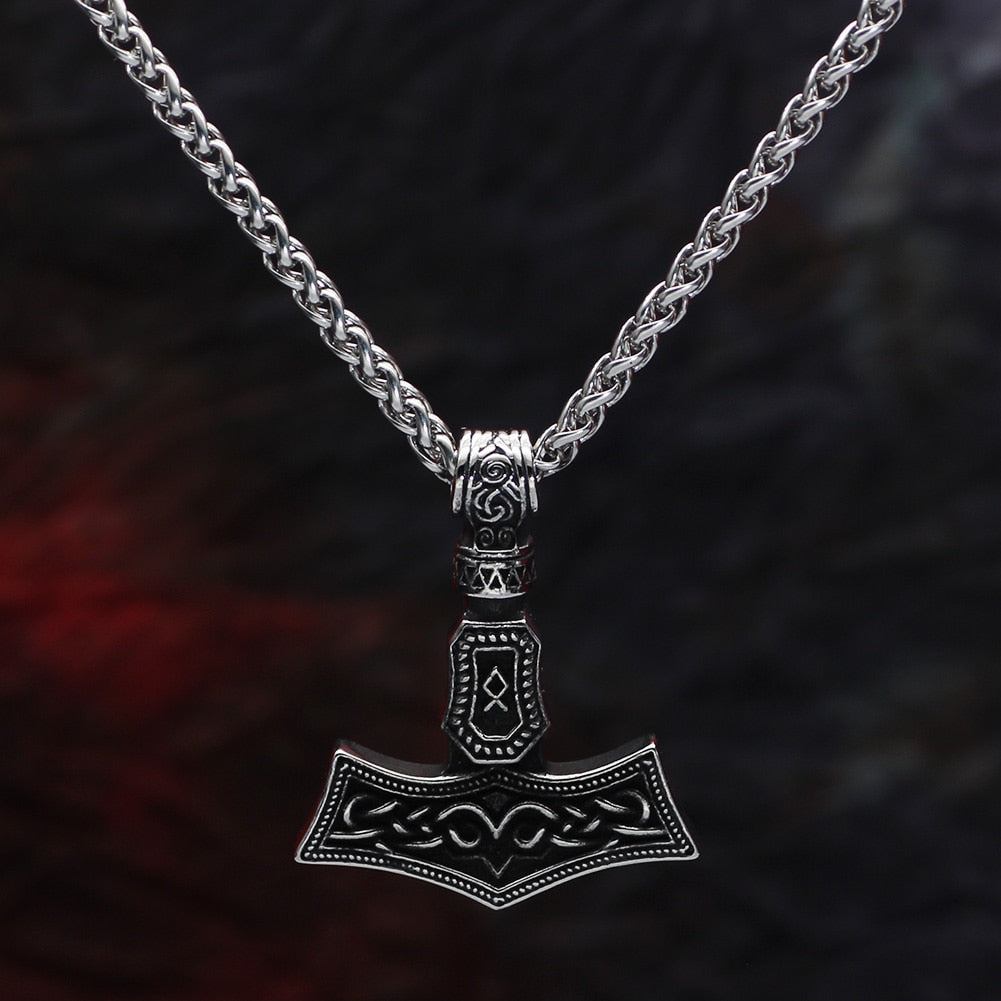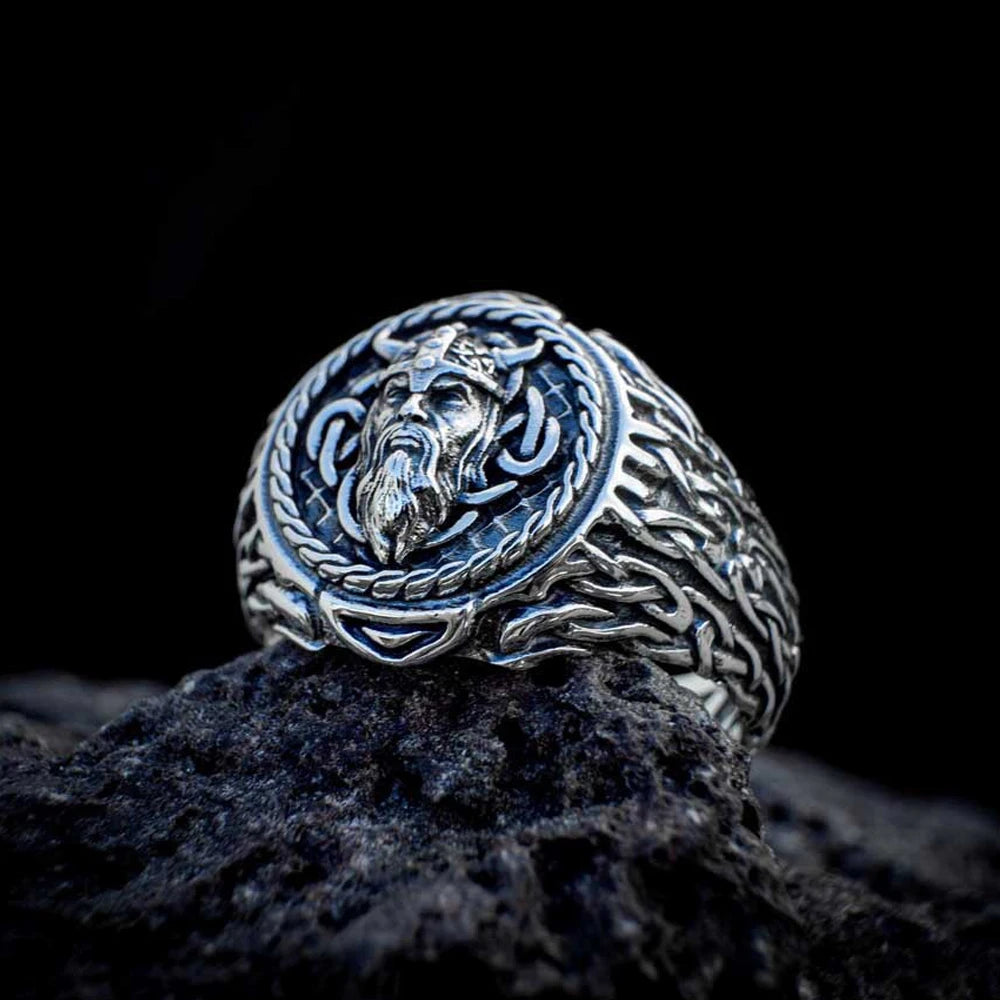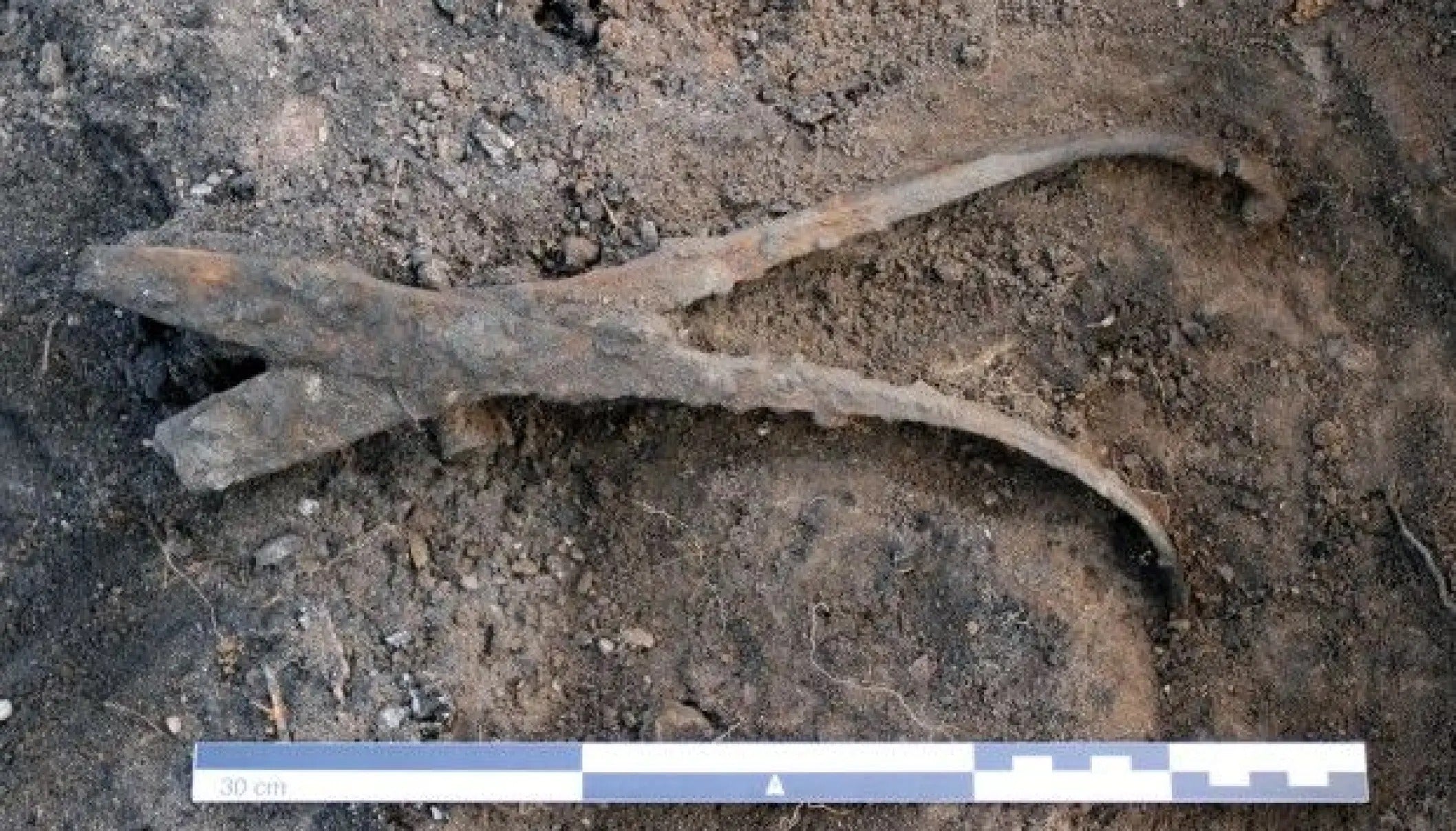
Hammer, Tongs, and History: A Viking Blacksmith's Tools Tell His Story
In 2015, a routine garden project in Sogndalsdalen, Norway, unveiled a treasure trove of Viking-era artifacts that would provide unprecedented insights into the life and social standing of a medieval craftsman. What began as Leif Arne Nordheim's attempt to level some troublesome flagstones transformed into one of the most significant archaeological finds in recent Norwegian history.
The Excavation: Unveiling a Craftsman's Legacy
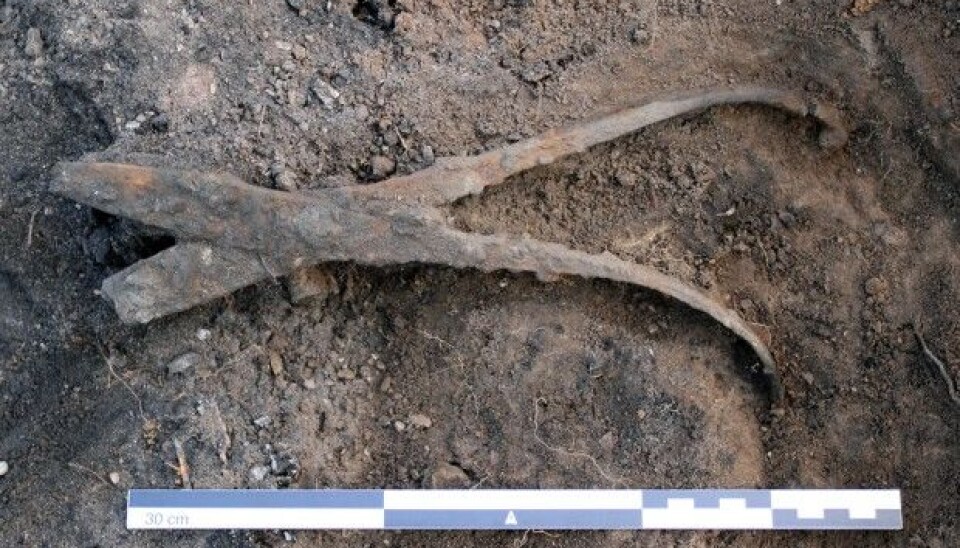
One of the tools discovered in a blacksmith's grave, suggesting the high regard his contemporaries had for his craftsmanship and versatility. (Photo: Howell Roberts, University Museum of Bergen)
The grave, meticulously layered with approximately 60 artifacts, told a compelling story of a blacksmith's life and social importance. Each object carefully placed within the burial site revealed a nuanced narrative of Viking-era social structures and professional respect. At the uppermost layer, archaeologists discovered the blacksmith's professional tools - hammers, tongs, and other metalworking implements that spoke volumes about his craft and societal role.
A Glimpse into Personal Life
Deeper excavation revealed a more intimate portrait of the blacksmith's daily existence. Personal artifacts including a bone comb, beard-trimming scissors, a razor, a frying pan, and tweezers painted a rich picture of personal grooming, domestic life, and individual identity in Viking society. These objects were not mere incidental items but carefully selected representations of the individual's life and status.
Social Dynamics and Professional Respect
Archaeologist Asle Bruen Olsen from the University Museum of Bergen offered crucial insights into the significance of this burial. "We think that the blacksmith's contemporaries wished to show how skilful he was in his work by including such an extensive amount of objects," Olsen explained. The burial's complexity suggested that this was not a simple tradesman, but a respected community member whose professional capabilities were deeply valued.
Beyond the Forge: A Respected Craftsman
The carefully curated collection of artifacts indicated a high social status that extended far beyond the blacksmith's technical skills. At the very bottom of the grave, cremated remains were found, mixed with personal items like beads attached to clothing - a final testament to the individual's importance within his community.
Archaeological Significance and Historical Perspective
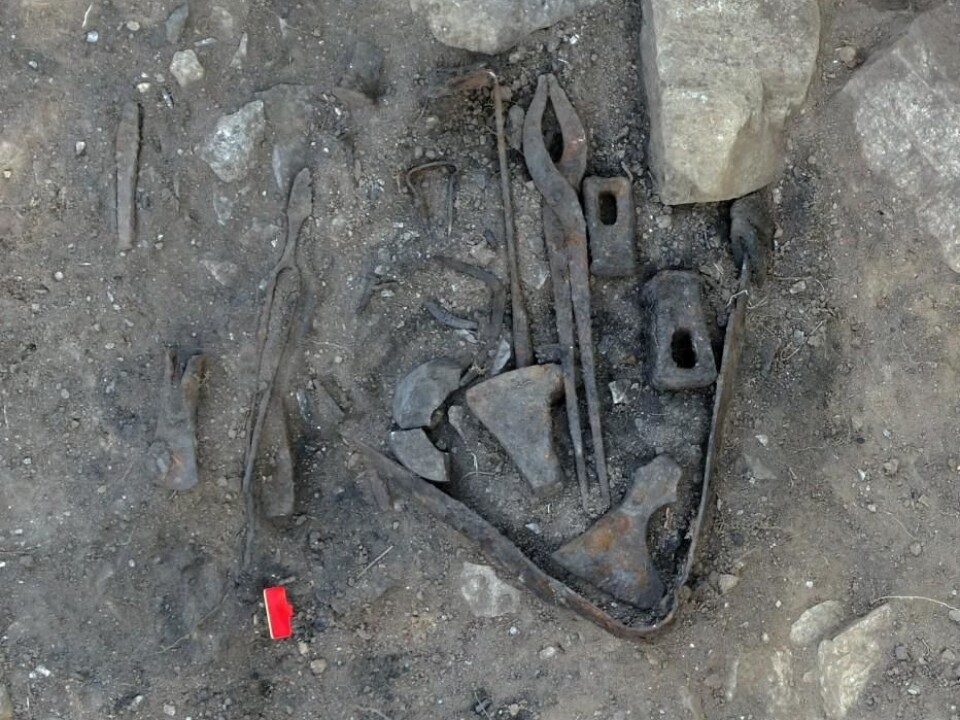
Tongs and a hammer discovered in a Viking-era grave, with additional personal items found deeper within. These artifacts provide valuable insights into the daily life and tools of the deceased. (Photo: Howell Roberts, University Museum of Bergen)
This discovery represents more than just a collection of ancient objects. It provides a rare, intimate glimpse into Viking-era social dynamics, professional hierarchies, and burial practices. The meticulous placement of tools and personal items reveals a society that deeply respected craftsmanship and individual achievement.
The Viking blacksmith's burial is a powerful reminder of the complex social structures and deep respect for craftsmanship that existed in medieval Norse society. Through careful archaeological investigation, we continue to uncover the rich, nuanced stories of individuals who lived over a thousand years ago.
References
University Museum of Bergen Archaeological Reports
Nordahl, M. (2015). "A Viking Blacksmith Buried with His Tools". Science Norway.
Olsen, A. B. (2015). Archaeological Excavation Report: Sogndalsdalen Viking Burial Site.

